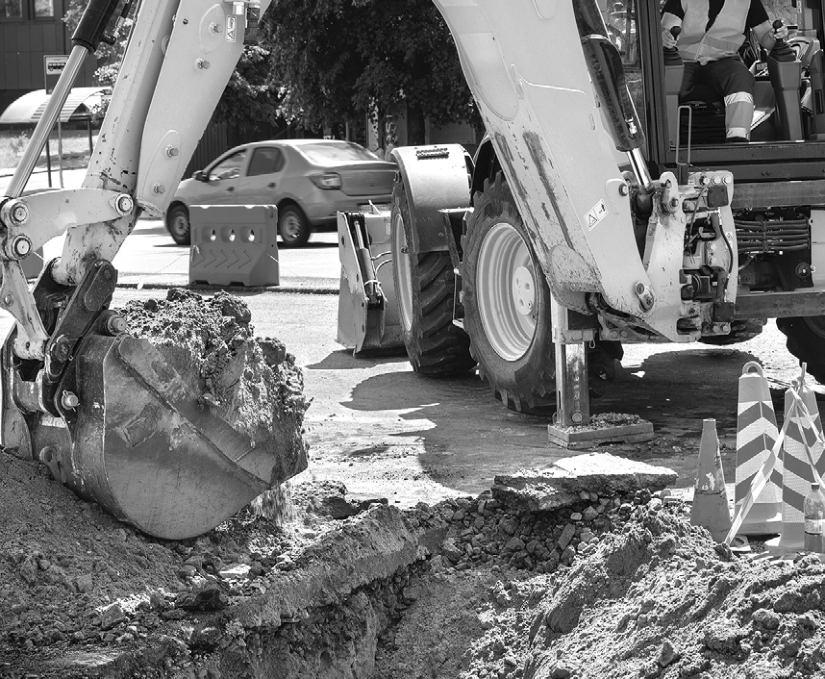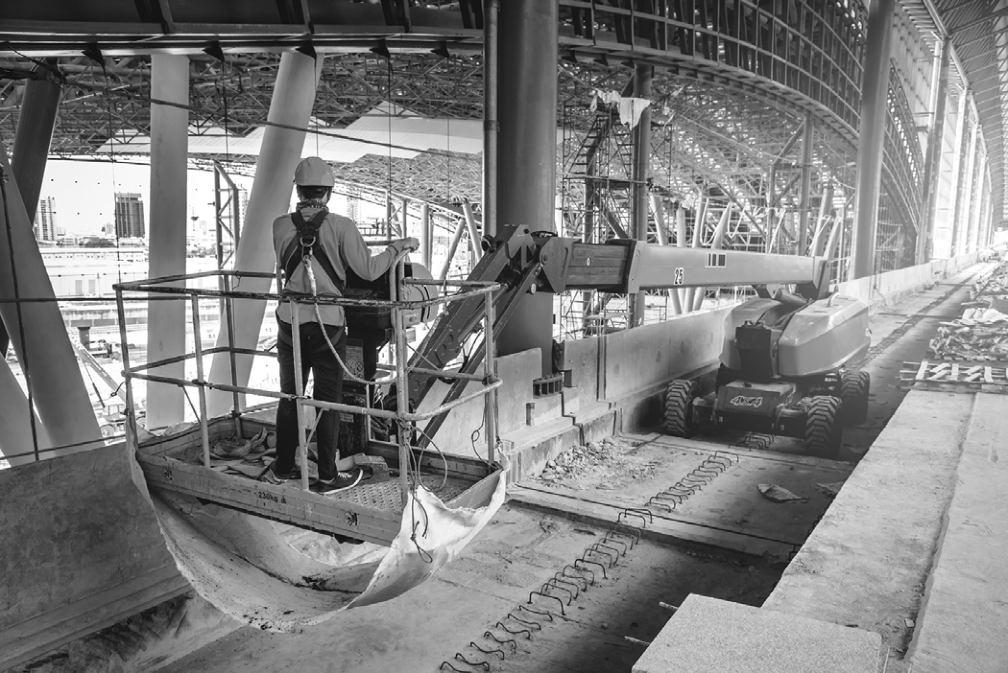
2 minute read
New Business Volume Rises Six PercentYear-Over-Year
FINANCING from page 1 business volume was up 1.9 percent compared to 2022. The ELF Foundation’s Monthly Confidence Index in July, at 46.4, marks an increase from the June index of 44.1.
“The second quarter concludes on an optimistic note,” said Ralph Petta, ELFA president.
Respondents reported strong business performance coupled with a positive outlook for the short-term future of the industry, he added. “As inflation continues to decelerate, the equipment finance market enters the second half of the year in fine shape.”
Anthony Sasso, with TD Equipment Finance, believes the equipment finance industry has stayed strong.
“The industry has remained resilient through one of the most turbulent periods in recent economic history,” said Sasso. “Despite economic headwinds, like high interest rates, the sector continues to see opportunities for growth and innovation.”
He said the year-over-year increase in overall new business volume is consistent with what his company has seen.
“Customers across many sectors continue to look for financing solutions to help them acquire equipment to keep up with demand.”
Banner Year in Finance
In fact, ELFAreported in July that new business increased more than 6.5 percent last year. The association’s Survey of EquipmentFinanceActivity(SEFA)sawahigherincreaseof 7.4 percent in 2021. The annual survey found that after the pandemic rebound, 75 percent of survey respondents saw an increase in volume in 2022.
Federal reserve interest rate hikes caused the cost of funds to jump 211 basis points over the year.
“Managing this cost increase will be a major emphasis as finance companies make their way through the higher interest rate climate,” noted the association.
Construction machinery was among the top five most financed equipment, along with transportation, agriculture, IT and industry/manufacturing. The construction sector was among the top five end-user industries contributing the largest share of new business, as well.
The survey found that credit approvals increased year over year, but the percentage of booked approvals declined slightly.
ELFA reports that the number of applications dropped but the dollar volume increased, a symptom of inflation. Reporting on its 2023 construction industry forecast, Wells Fargo noted “cautious optimism” from nonresidential contractors and distributors.
Top concerns include the availability of skilled workers, rising interest rates, economic uncertainty and sup- ply chain disruptions.
Despite the economic challenges of 2022, the non-residential construction industry maintains a hopeful longterm outlook for 2023.
“Economic uncertainty and increasing interest rates are two primary concerns for construction executives,” said James Heron, Wells Fargo Equipment Finance Construction Group. “Despite market variables, the optimism reflected confirms industry leaders maintain a deep-seated belief in economic recovery.”

Cautious Optimism Rules
The economic environment has caused a divide in perspective and expectation among executives, according to the survey. Those who feel that non-residential construction will remain at current levels also expect activity will begin to increase in 2024 or later.
“However, those who do not believe non-residential construction will remain at current levels foresee a decrease in 2023.”
Among top risks, concerns and











